The patient complained of frequent back pain, shortness of breath and inability to climb stairs. After studying in Ho Chi Minh City, the patient went to the Center for Musculoskeletal Correction, Hospital 1A, for examination.
Scoliosis for many years
On the morning of June 16, Dr. Calvin Q Trinh, Head of the Musculoskeletal Correction Center, Hospital 1A, said that through examination, the patient had severe thoracic and lumbar scoliosis with a Cobb angle (the angle created between two straight lines from the two most severely scoliotic vertebrae) of 44 degrees, loss of physiological lordosis of the cervical spine. Decreased physiological lordosis of the L1-S1 spine.
"The danger is that the thoracic vertebrae are deformed. Conservative treatment cannot restore their original shape," said Dr. Calvin.
After 12 sessions of musculoskeletal adjustment, the back pain improved. The patient could climb stairs more and no longer felt as short of breath as before. The shoulders were even and the deviation was reduced. The patient was given additional exercises to do at home to maintain.
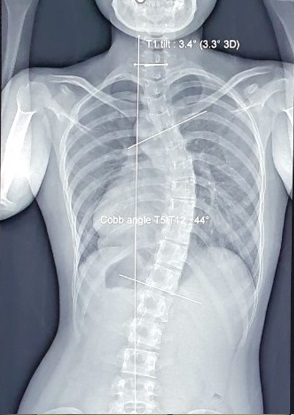
X-ray image of patient's scoliosis
Similarly, patient L.D, 18 years old, 12th grade student. At the age of 13, the patient went to a hospital in Ho Chi Minh City and was diagnosed with scoliosis. He was treated with a brace but no further treatment was given. After many years of scoliosis progressing, the patient still only wore the brace continuously.
By June 2023, patient D. had been studying a lot, so he had many symptoms of muscle pain in the neck and shoulders and difficulty in daily activities. When the patient went to the Musculoskeletal Correction Center, Hospital 1A for examination, it showed that the left shoulder was nearly 5 cm higher than the right shoulder, the chest was deformed, the spine was curved in an S shape, the most severe in the thoracic segment. The pelvis was crooked. On the X-ray, the thoracic S-shaped scoliosis was very severe with a Cobb angle of 53 degrees, T6-T12 was 60 degrees.
Do not be subjective when suffering from scoliosis
According to Dr. Calvin, scoliosis is a deformity of the spine, in which the spine is curved to one side in a C shape, and can be curved in 2 or more positions in an S shape. Kyphosis is an excessive backward curvature of the spine in the anterior-posterior plane and by definition is caused by at least 3 consecutive vertebrae with a vertebral body hump angle greater than 5 degrees, the larger the hump angle, the more serious it is.
In some cases, the vertebrae rotate in the horizontal plane, depending on the height, causing deformation of the upper body and chest or rotation of the pelvis, changing the gait. Complex cases include kyphosis, scoliosis and spinal rotation.
The danger lies in the fact that these deformities often appear during the child's rapid growth phase, usually before puberty. Therefore, the sides of the vertebrae that are compressed and bear the force do not develop compared to the other side, leading to deformities of the vertebrae, spine, chest, and changes in body shape and gait.
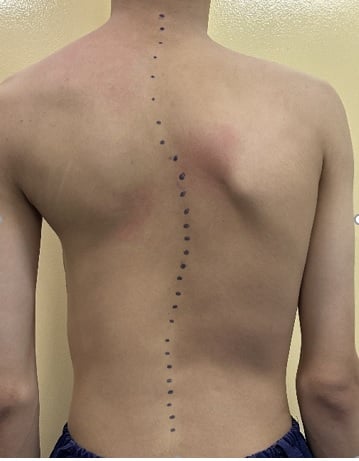
Scoliosis in male students
Untreated scoliosis in childhood and adolescence leads to severe progression, causing lifelong disability, reducing the volume inside the chest, adversely affecting respiratory function, thereby causing physical decline. When growing up, the spirit is seriously affected, leading to inferiority complex, depression, lack of social interaction and reduced quality of life.
Braces do not cure scoliosis
Dr. Calvin noted that the brace does not cure scoliosis, but only helps prevent it from getting worse and affects the patient's consciousness.
Additionally, jaw surgery fuses the vertebrae together by placing spinal braces to keep the spine straight and the bones healed.
According to Dr. Calvin, chiropractic adjustment is the main treatment method today for scoliosis and musculoskeletal diseases in the world . However, if the disease progresses severely and the vertebrae are deformed, treatment cannot restore the original shape.
Source link





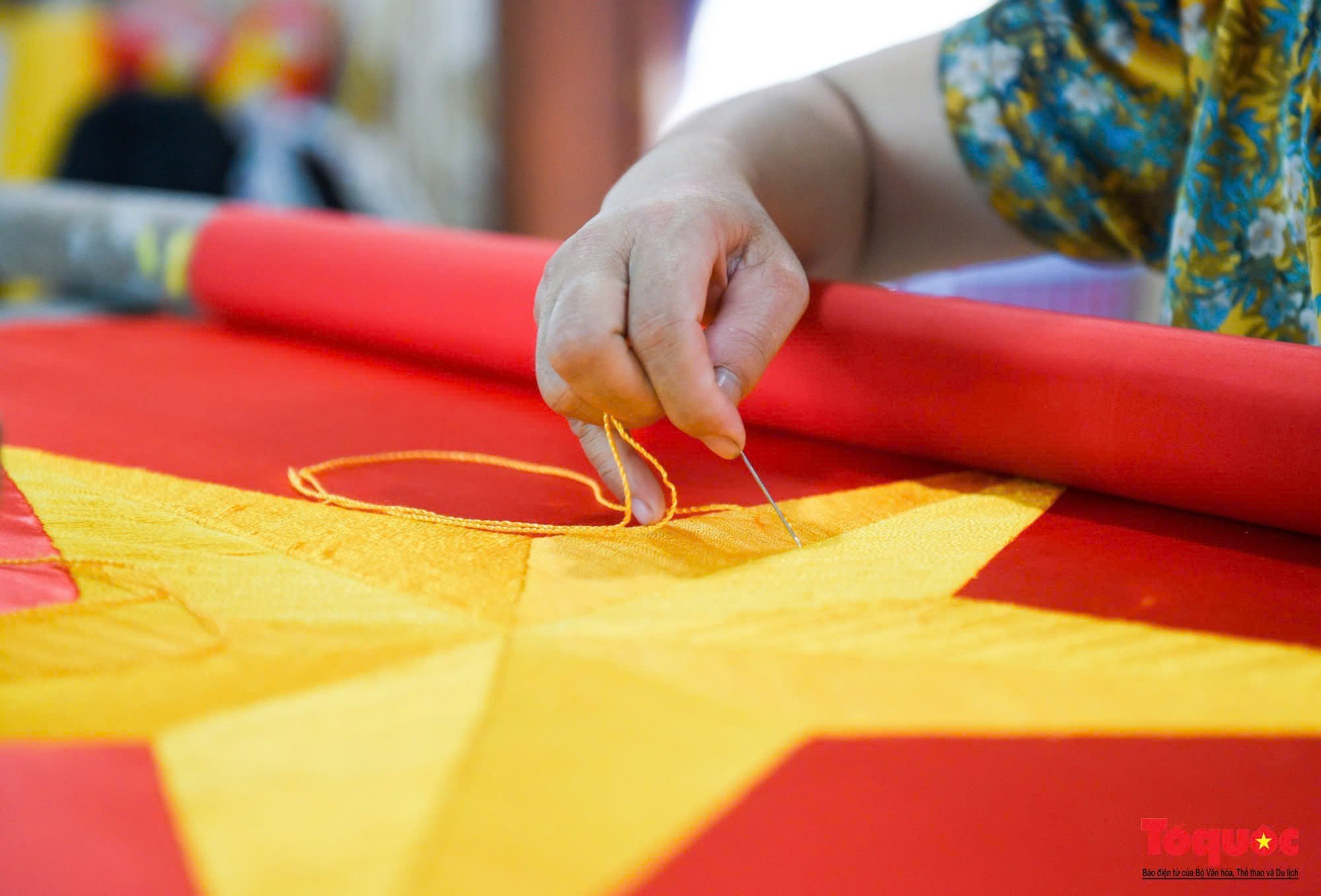
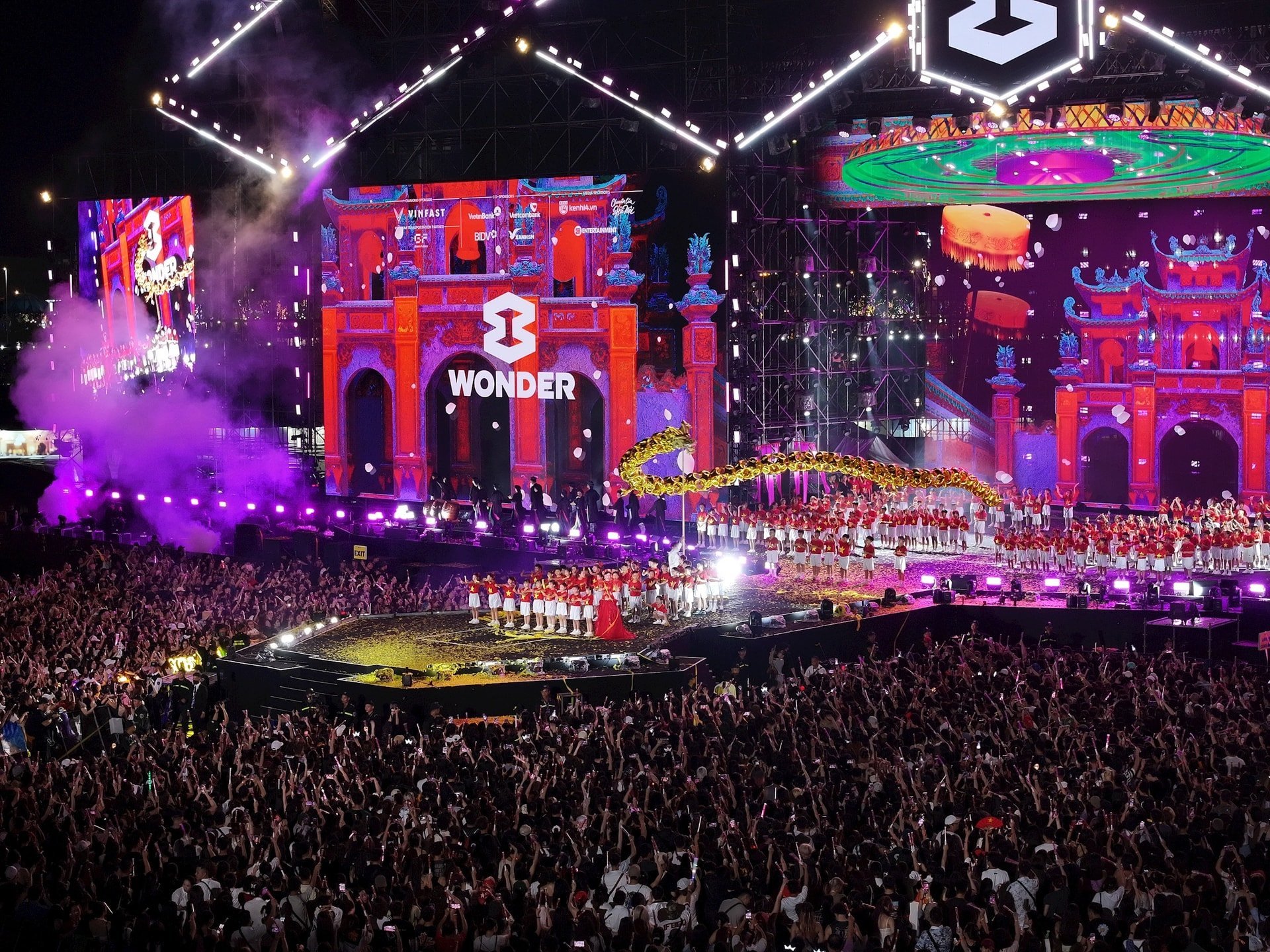


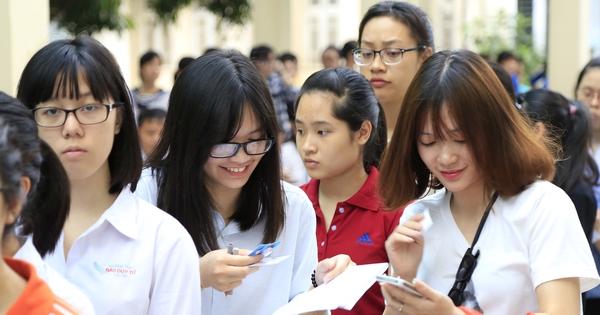

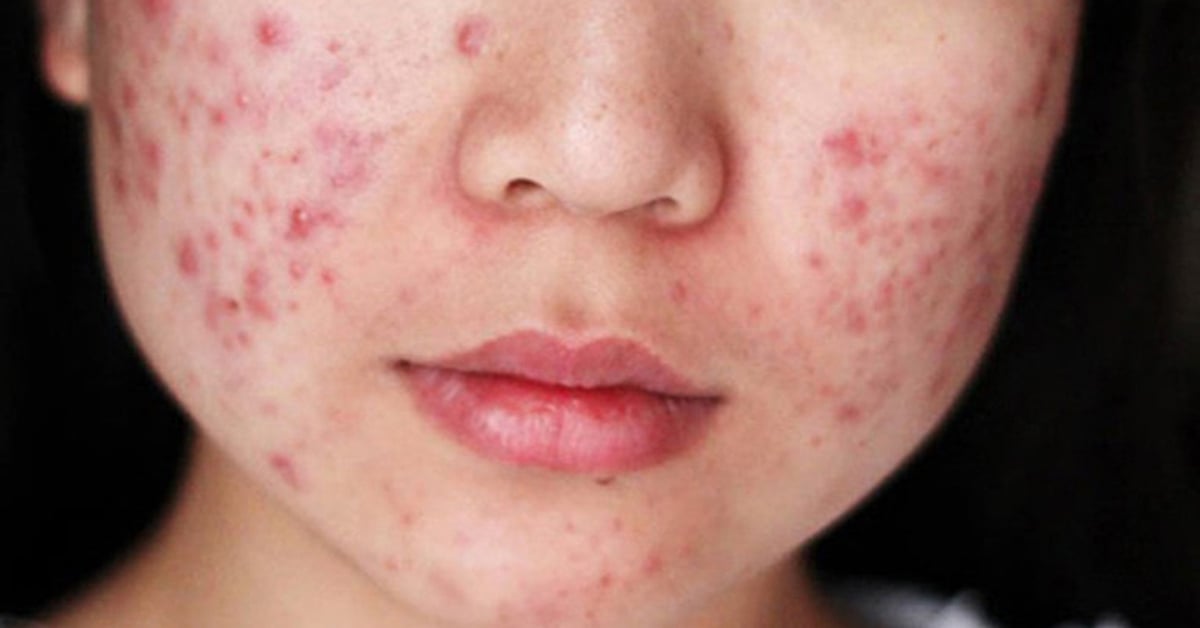

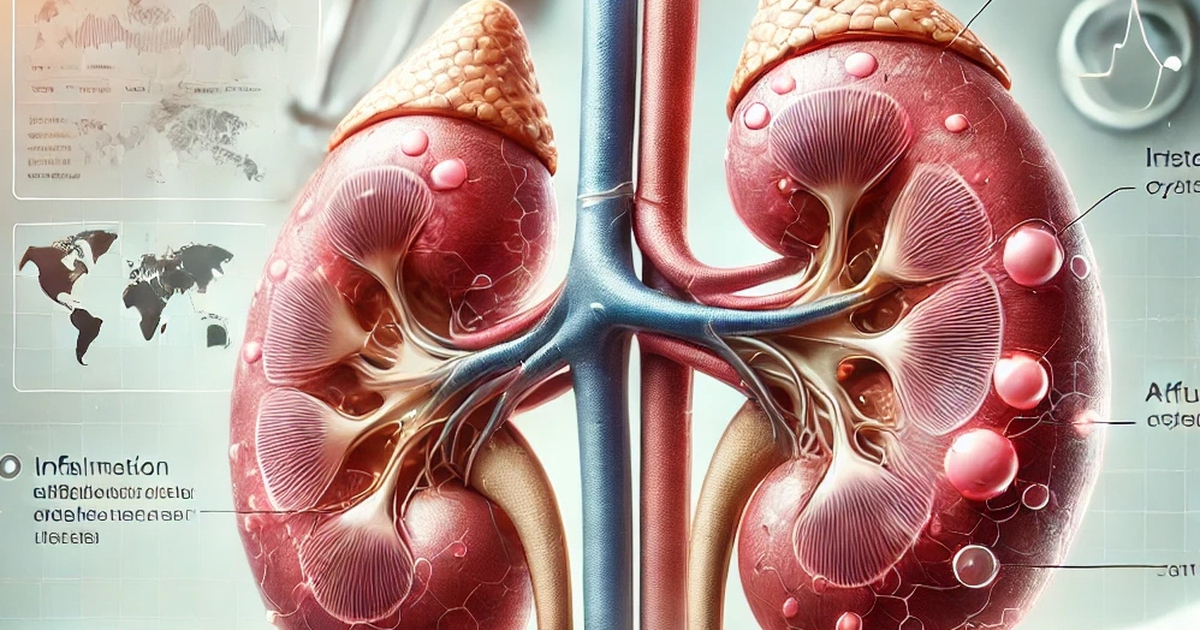
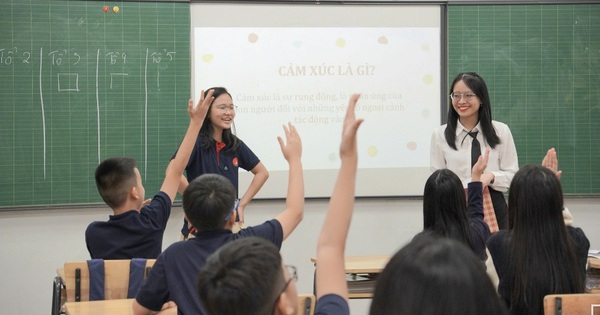
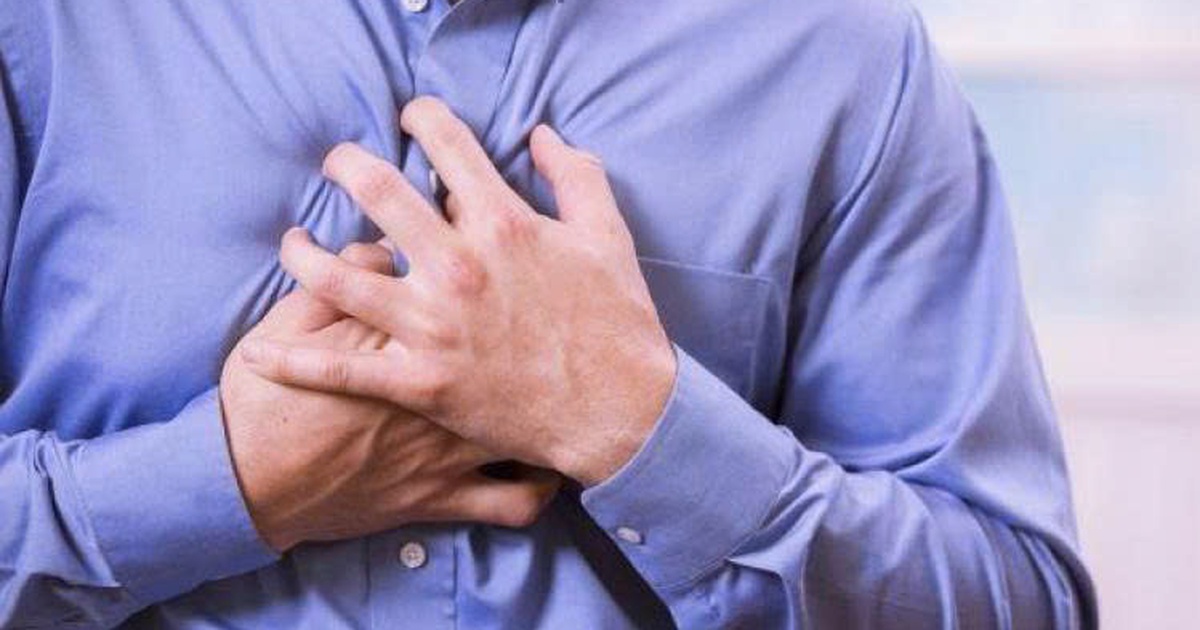
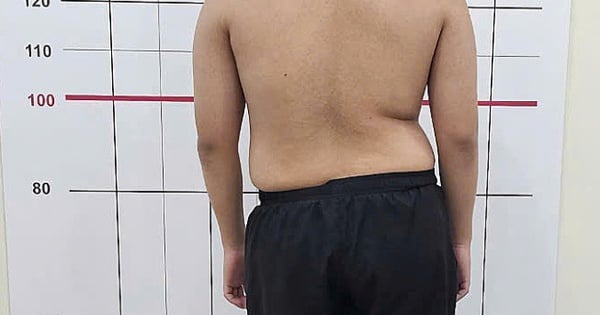

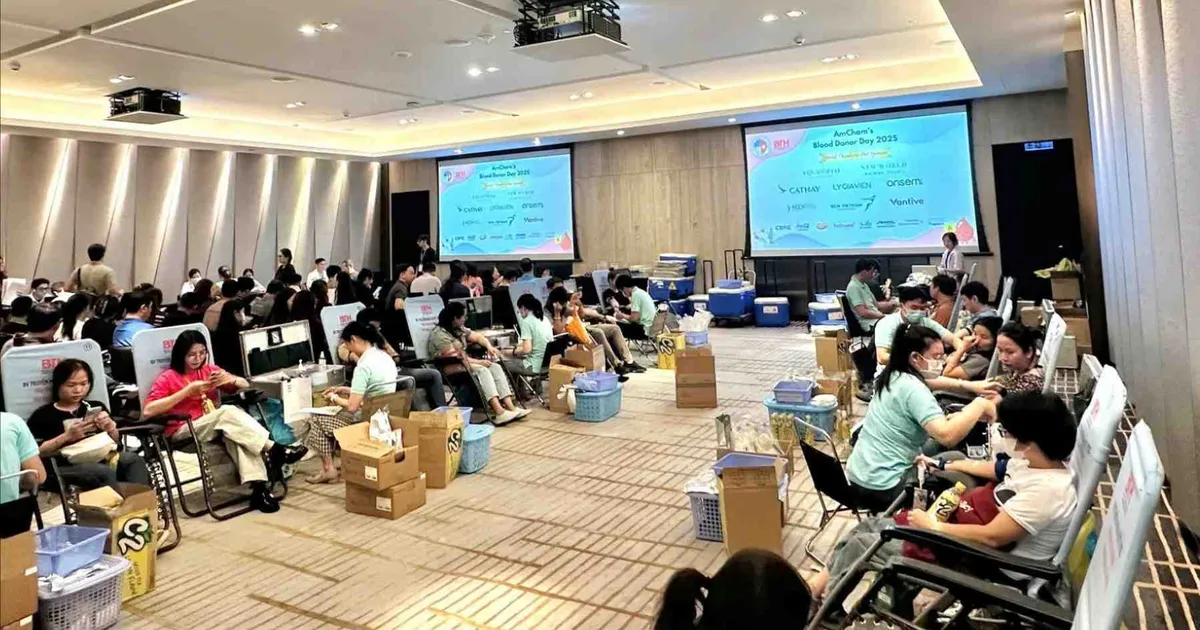



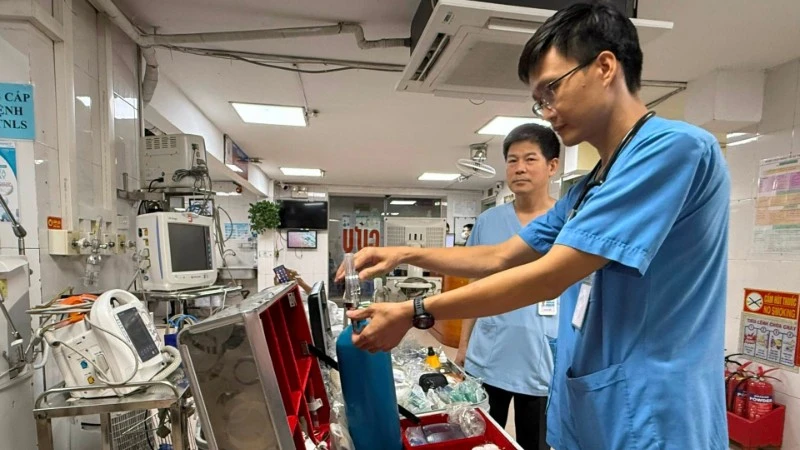

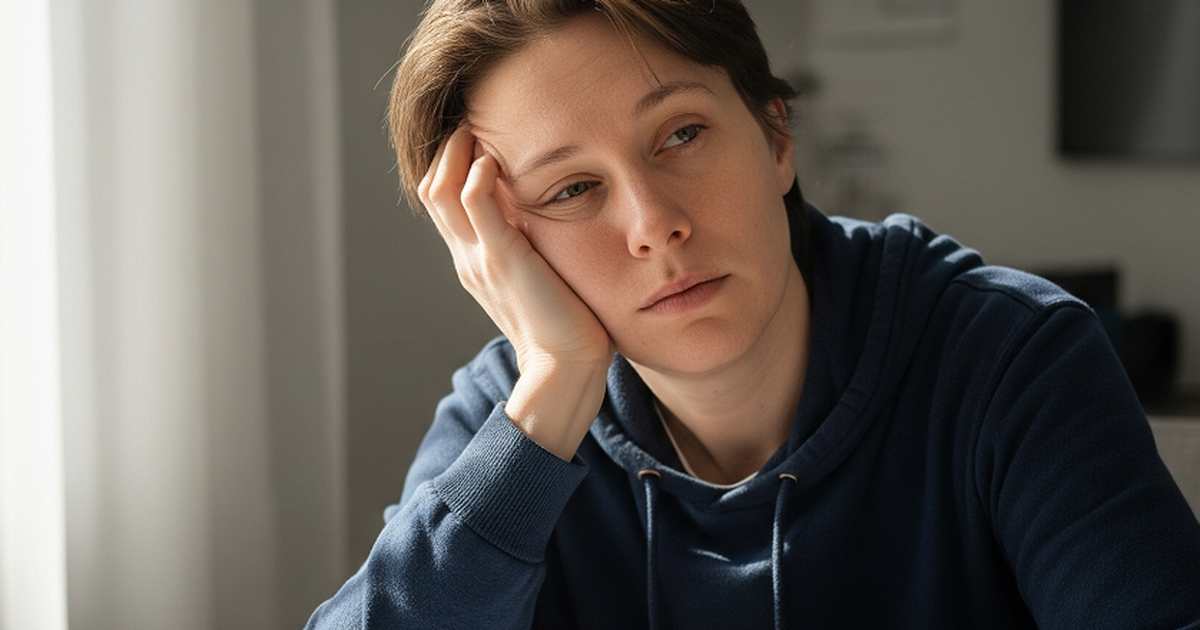






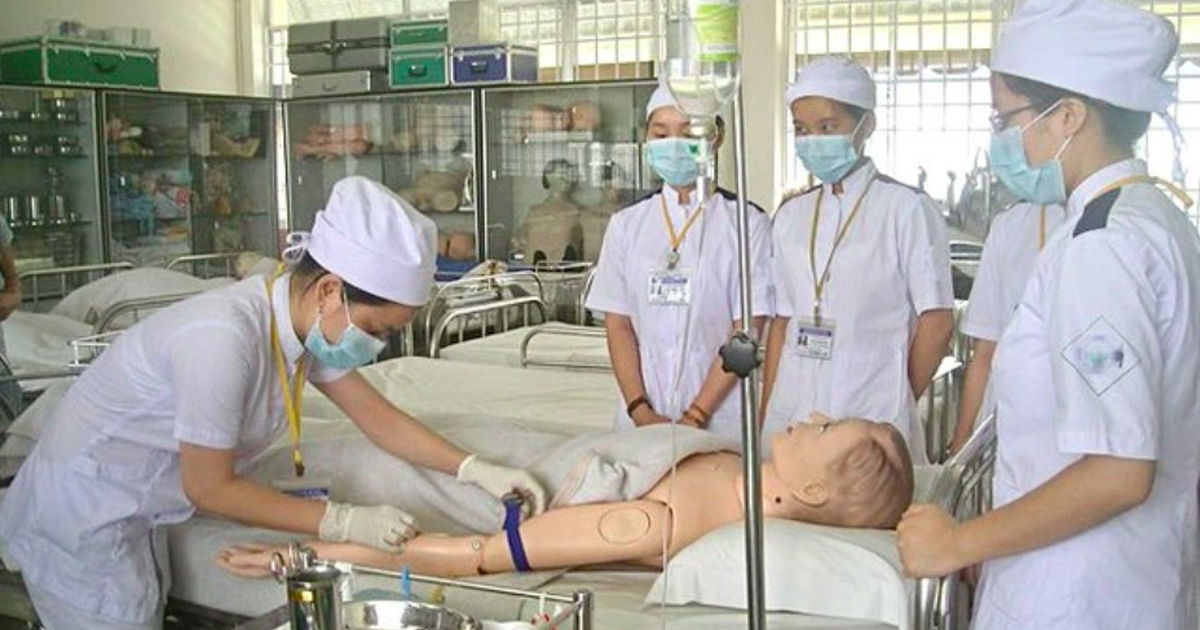
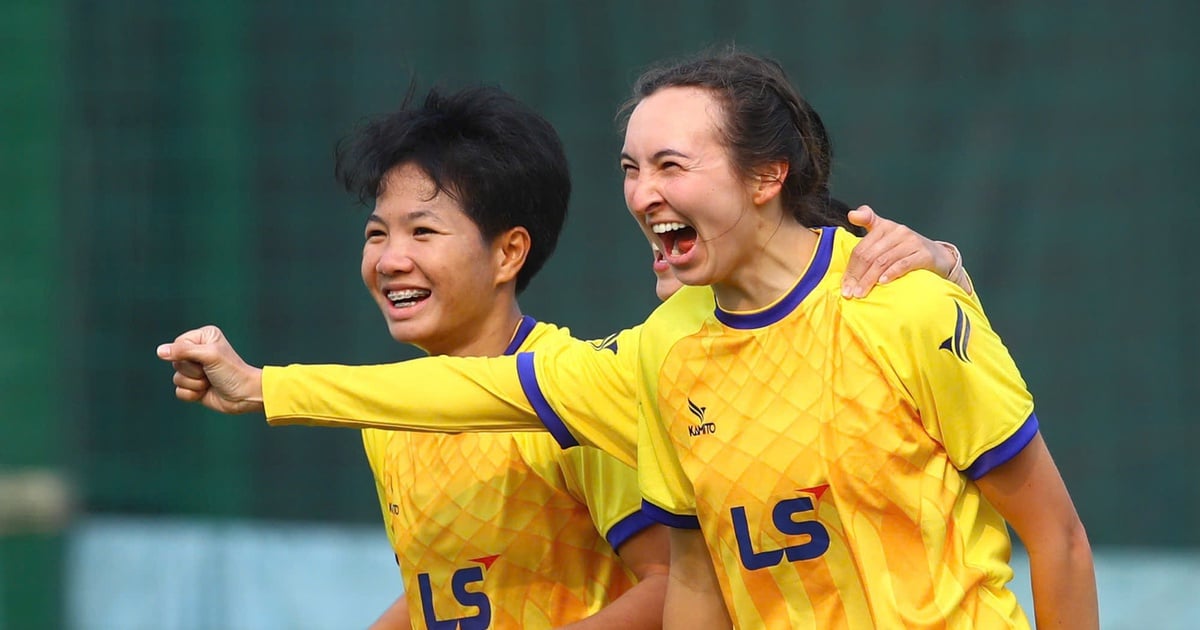



































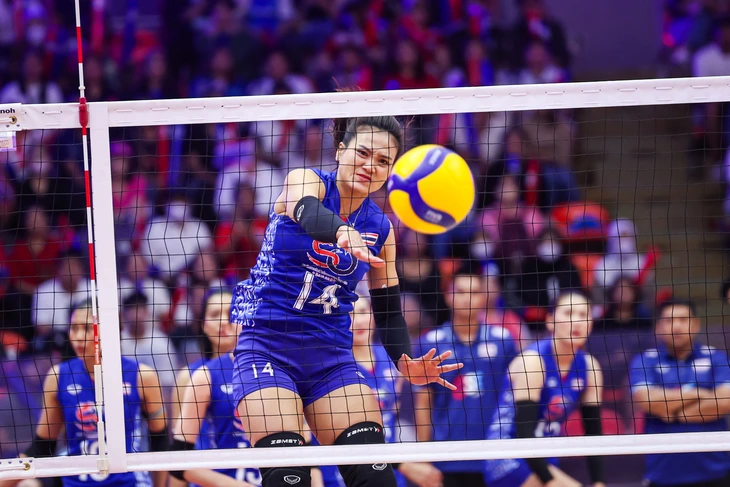





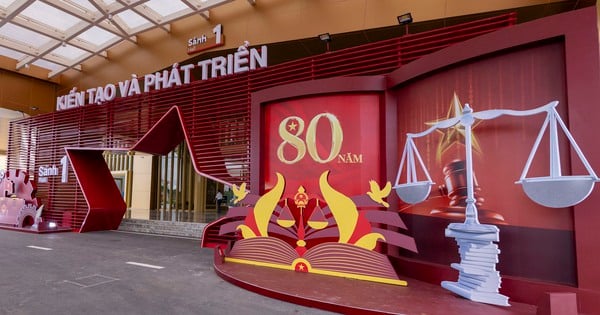





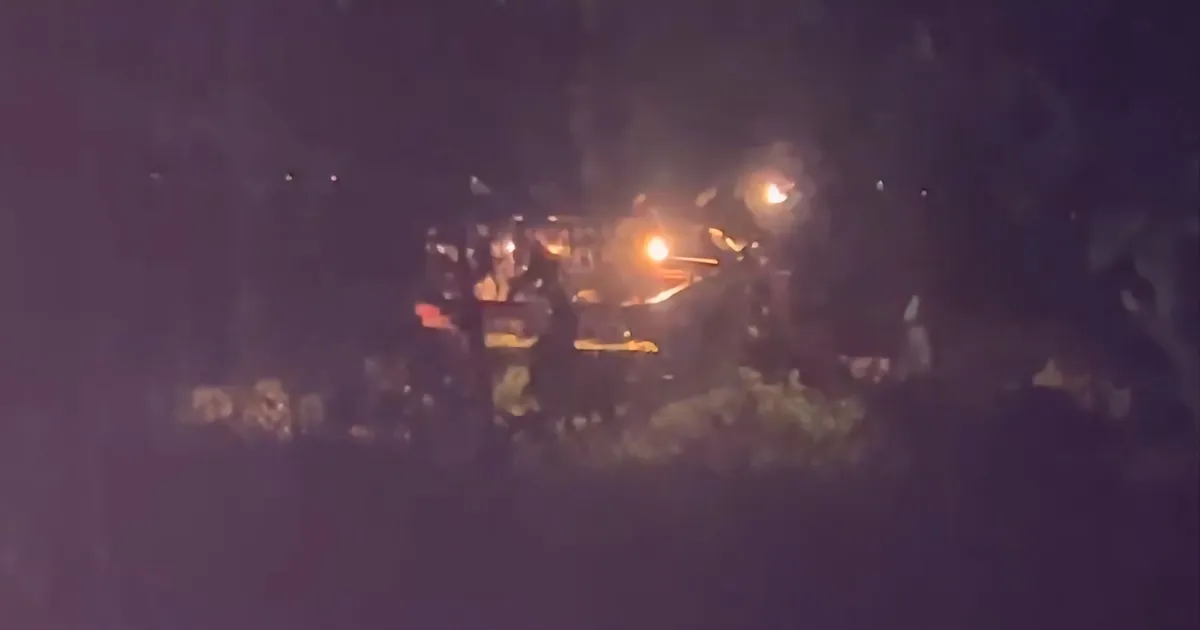
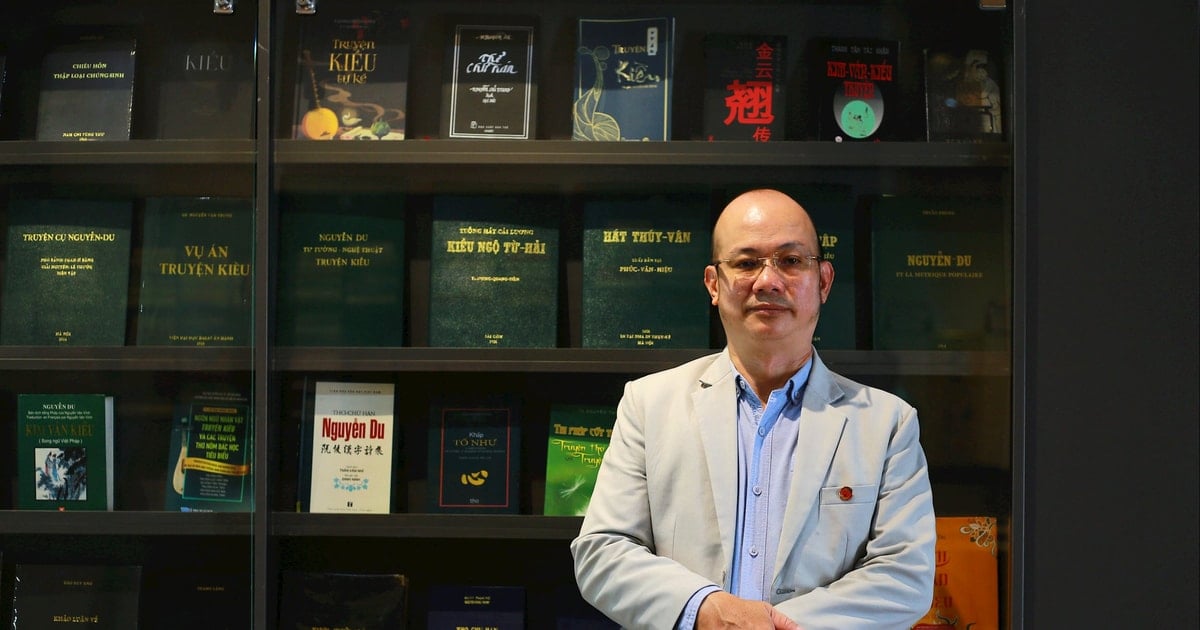

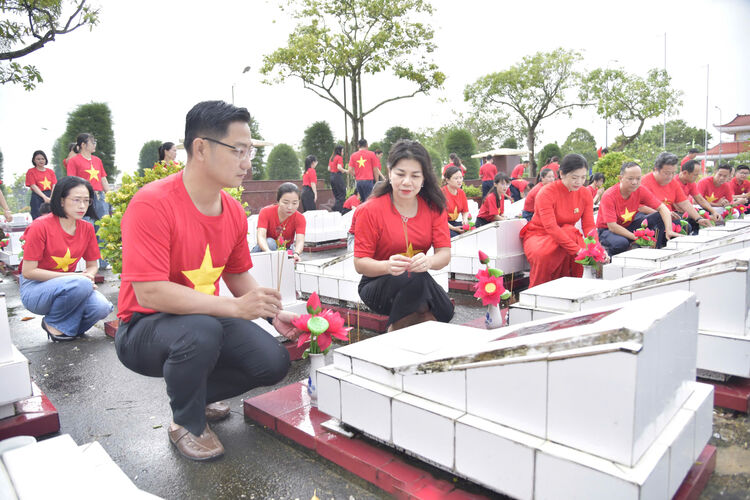


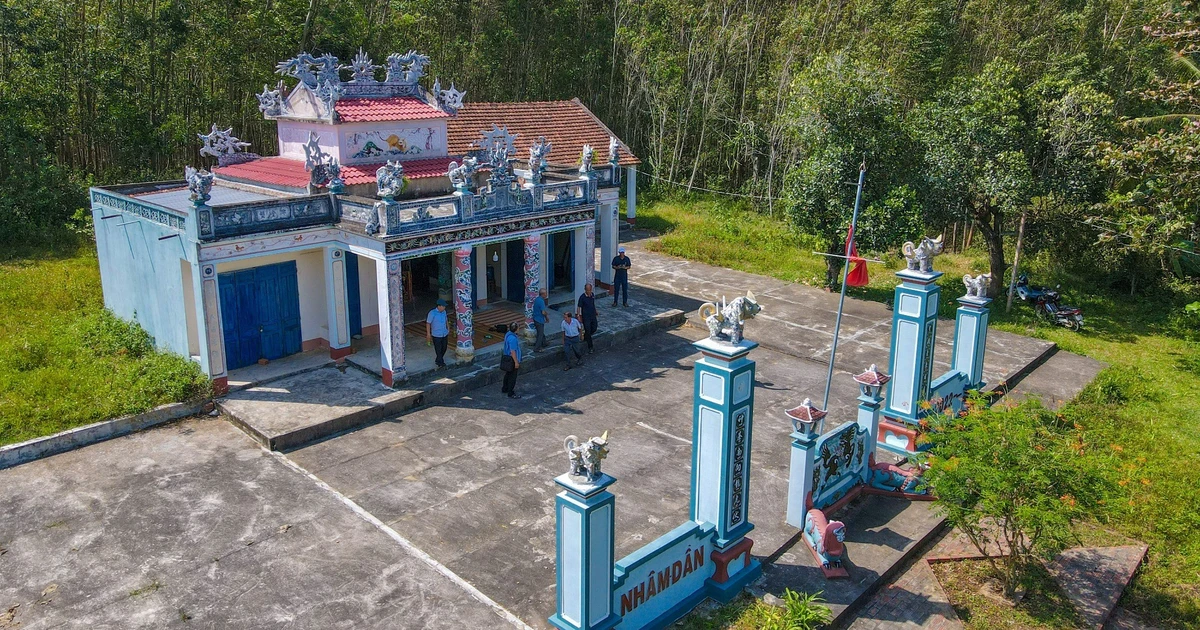
















Comment (0)